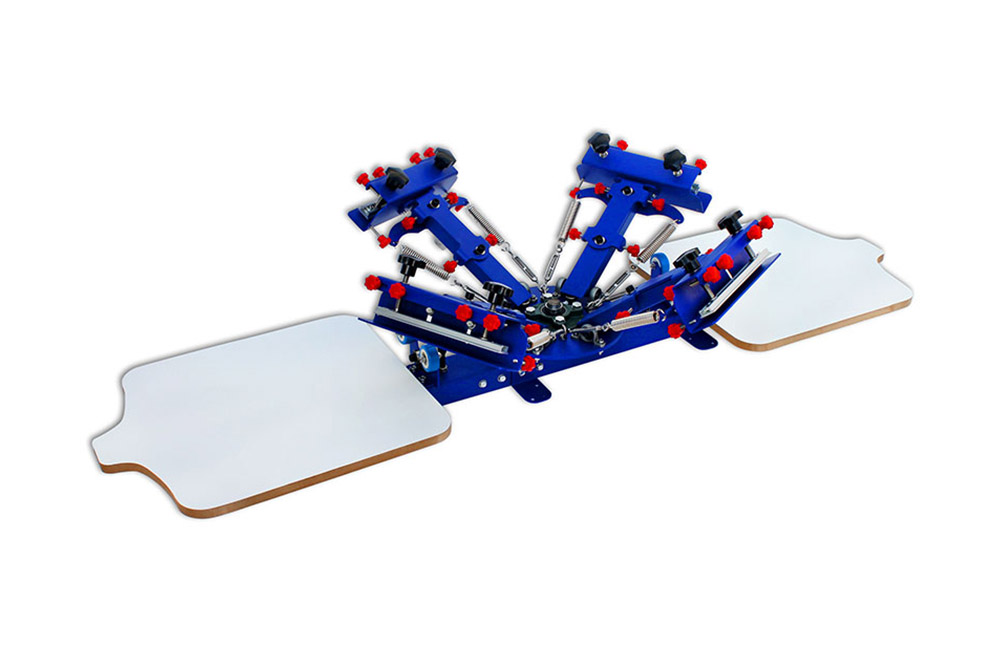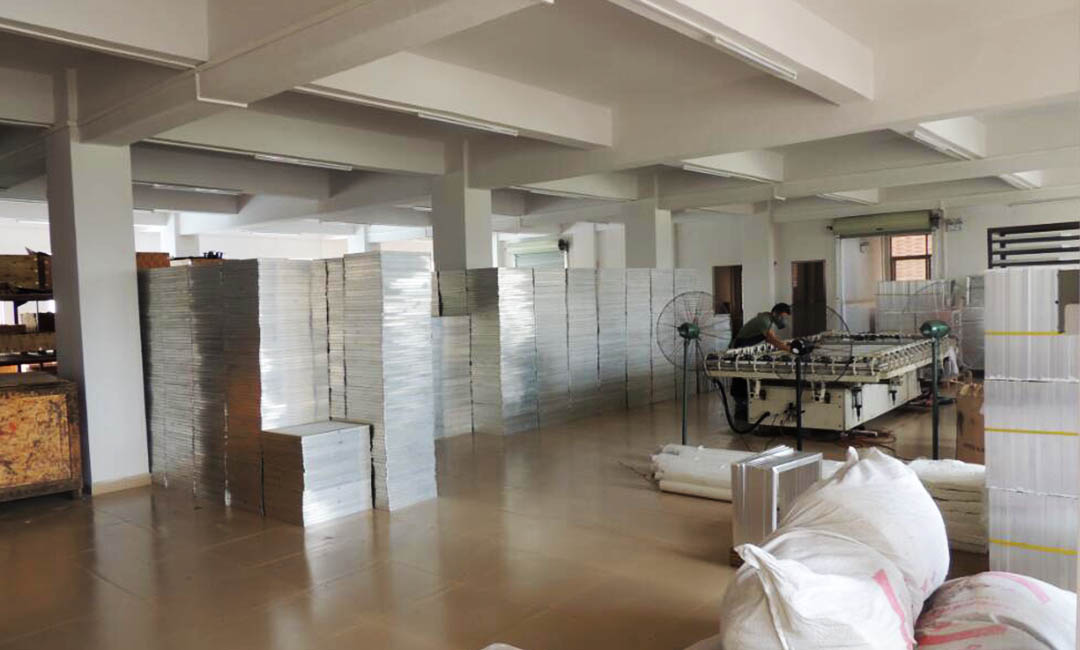Understanding Mesh Count in Silk Screen Printing Machines
The Importance of Mesh Count in Silk Screen Printing Machines
Silk screen printing is a popular method used to transfer designs onto various surfaces, such as fabric, paper, and plastic. One of the key components of a silk screen printing machine is the mesh count. Mesh count refers to the number of threads per inch in the mesh screen used for printing. Understanding mesh count is crucial for achieving high-quality prints and ensuring the success of your silk screen printing projects.
The mesh count of a screen determines the level of detail that can be achieved in a print. Screens with a higher mesh count have more threads per inch, resulting in finer details and smoother gradients in the final print. On the other hand, screens with a lower mesh count have fewer threads per inch, making them more suitable for printing bold, blocky designs with less detail.
When choosing a mesh count for your silk screen printing project, it is important to consider the type of design you are printing. If you are printing a design with intricate details or fine lines, a higher mesh count screen would be more suitable. Conversely, if you are printing a design with bold, solid shapes, a lower mesh count screen would be more appropriate.

In addition to the level of detail in the design, the type of ink being used also plays a role in determining the ideal mesh count for a silk screen printing project. Thicker inks require a lower mesh count screen to allow the ink to pass through easily, while thinner inks work best with a higher mesh count screen to prevent bleeding and achieve crisp, clean prints.
Another factor to consider when choosing a mesh count is the type of material being printed on. Different materials have different levels of absorbency, which can affect how the ink interacts with the surface. For example, printing on a highly absorbent material like cotton may require a lower mesh count screen to ensure that the ink penetrates the fabric properly. On the other hand, printing on a less absorbent material like plastic may require a higher mesh count screen to achieve a sharp, defined print.

It is also important to consider the tension of the mesh screen when determining the ideal mesh count for a silk screen printing project. Screens with higher tension can support a higher mesh count, allowing for finer details in the print. Lower tension screens are better suited for lower mesh counts, as they may not be able to hold the finer threads in place.
In conclusion, understanding mesh count is essential for achieving high-quality prints in silk screen printing. By considering factors such as the level of detail in the design, the type of ink being used, the material being printed on, and the tension of the mesh screen, you can choose the ideal mesh count for your project. Whether you are printing intricate designs on fabric or bold graphics on paper, selecting the right mesh count will help you achieve professional results in your silk screen printing endeavors.
Pre: How to Print Multi-Layer Designs with a Small Screen Printing Machine
Next: Why Adjustable Screen Printing Presses Are Essential for Custom Jobs
Tags: